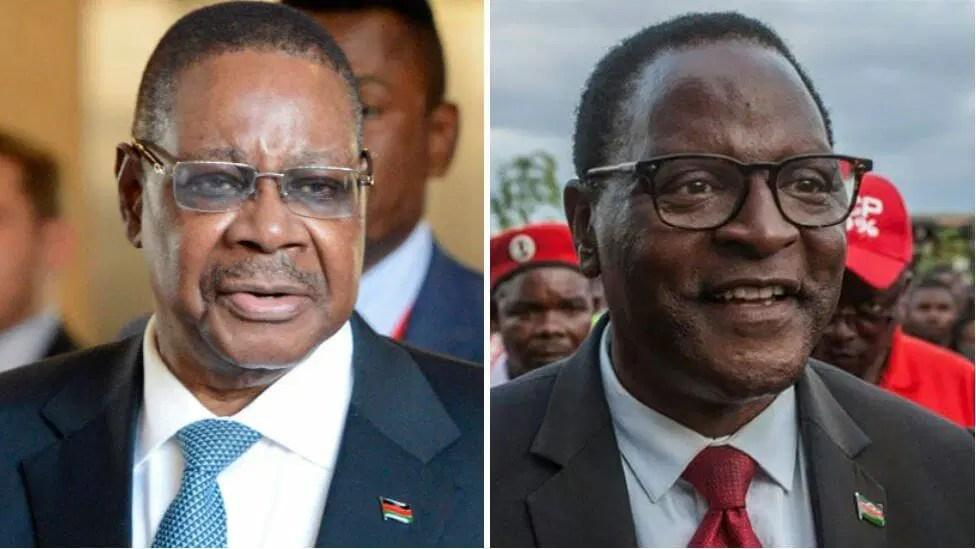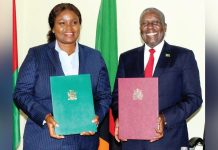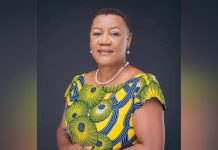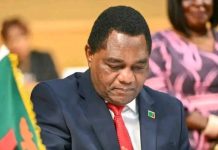Africa-Press – Zambia. The political landscape in Malawi, particularly in the context of the upcoming elections, presents a compelling narrative between two key figures: President Lazarus Chakwera and former President Peter Mutharika (APM).
This article aims to compare and contrast the positives and negatives of these well-known leaders who have brought a buzz to Malawi’s political scene.
First, both APM and Chakwera have served one term as president, which allows for a direct comparison of their leadership styles, policies, and overall effectiveness.
This one-term experience means that voters can evaluate their performance based on tangible outcomes during their respective administrations.
Second, the presidential elections of 2014 and 2019 highlighted the competitiveness between APM and Chakwera. In 2014, APM won the presidency, while in 2019, Chakwera, as the leader of the opposition, came close to winning, leading to a contentious court case that ultimately resulted in a rerun in 2020, which Chakwera won.
This history indicates that both leaders have substantial support bases and are formidable opponents. Don’t take it for granted.
Third, Saulos Chilima, who was the running mate for both APM in 2014 and Chakwera in 2020, played a crucial role in their electoral successes.
His absence in the next general elections due to mysterious plane crash in Chikangawa forest, raises questions about whether APM and Chakwera can maintain their support without a strong vice-presidential candidate.
Both leaders will need to demonstrate their ability to connect with voters independently and build coalitions that can sustain their political ambitions.
Fourth, Chakwera, as the incumbent president, has access to government resources, which can be a significant advantage in terms of campaigning and governance.
Fifth, both APM and Chakwera are seeking re-election, with their running mates positioned as potential successors.
This dynamic adds an interesting layer to the election, as both candidates are not only focused on their immediate campaigns but also on the future leadership of their respective parties.
Sixth, APM’s stronghold in the Southern Region is facing fragmentation, with multiple parties (DPP, PDP, PP, OZAM, and UTM) vying for influence. This could dilute his support base and create opportunities for other candidates.
In contrast, Chakwera’s support in the Central Region remains largely consolidated around the Malawi Congress Party (MCP), which may provide him with a more stable voter base in that area.
Seventh, the economic performance under both leaders is a significant point of contention. Under APM, the economy was perceived as relatively stable, while Chakwera’s administration has faced criticism for high inflation rates and shortages of foreign exchange and fuel.
This economic narrative could heavily influence voter sentiment, as economic stability is often a key concern for the electorate.
Eighth, APM is generally described as a poor orator but action-oriented, suggesting that while he may not communicate effectively, he takes concrete steps in governance.
On the other hand, Chakwera is characterized as charismatic but less effective in delivering on campaign promises, such as improving the economy and providing affordable utilities.
Ninth, corruption has reportedly increased under Chakwera’s administration compared to APM’s tenure, indicating a perception of governance challenges in this area.
Tenth, APM is viewed as democratic for allowing public demonstrations, suggesting a level of tolerance for dissent.
On the other hand, Chakwera has been criticized for being undemocratic and tyrannical, with allegations of using violence against demonstrators, which raises concerns about human rights and freedom of expression.
In conclusion, the upcoming elections in Malawi are shaped by regional dynamics, economic performance, and the strategic positioning of both candidates and their running mates.
The outcome will likely hinge on how effectively each candidate can address the concerns of the electorate, particularly in light of the economic challenges facing the country.
For More News And Analysis About Zambia Follow Africa-Press







